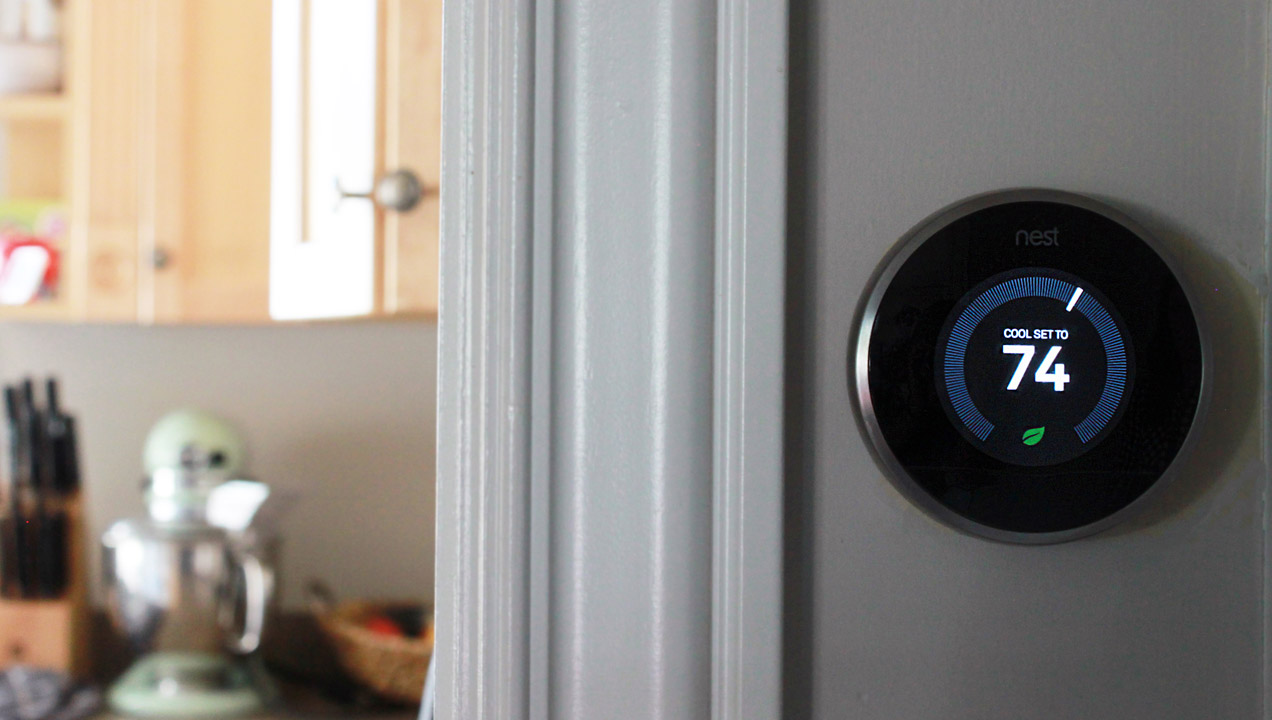Touchstones for Memory in a Digital World
Object permanence is a stage in the development of a baby, where the tiny person really starts to appreciate the game of peek-a-boo. Prior to that point in the brain’s development, children do not understand that objects outside of their direct line of sight still exist. It is for this reason that a thrown rattle becomes a source of upset. After all, an accidental swing of the arm just banished a beloved toy from existence. Similarly, the baby is not going to react well to a parent leaving their field of vision at this point because they just vanished into the void.
As we grow older we come to understand that things persist even when we do not perceive them. If we didn’t, life would be a constant stream of disjointed images and screaming confusion. If we were purely logical creatures, developing object permanence would be a completely positive thing, but we are emotional, and with the development of the ability to understand that things persist outside of our perception, we developed the ability to be anxious about those things.
Every one of us has gone back to double-check that an oven or clothes iron has been turned off, and for many of us, checking that all our devices have been shut down has become a nightly ritual before bed. In simple living spaces it was easier for us to keep track of the state of objects. The heap of furs was next to the fire pit. The fire was burning. The spear was sharp.
If we were purely logical creatures, developing object permanence would be a completely positive thing, but we are emotional, and with the development of the ability to understand that things persist outside of our perception, we developed the ability to be anxious about those things.
In a modern living environment there are more variables to keep tabs on than mere existence. The thermostat must be consulted to determine whether the temperature will be correct. The volume settings on any number of devices, from voice vssistants to televisions, must be recalled so that we do not turn something on that is set to “dance party” when it should be set to “nap time.” There may not be any logical requirement to have that information at any given moment, but an emotional need is no less pressing just because it isn’t rooted in reality.
When we had analogue controls and displays, checking for this information was relatively simple. We could simply look at a switch or a dial and instantly have the information that we required. But as digital and voice controls have become the norm, that feedback is more difficult to acquire. Some modern devices have taken this into account – like the Nest thermostat, which displays the current setting with a simple colour code – but the majority of manufacturers have not yet adapted to the irrational demands of human clients.

Image via Reviews.org
Which brings us to the latest problem that these advances have created for nervous humans trying to keep track of the state of all their objects. Brushing a finger over a touchscreen or saying a command to a digital assistant does not leave you with the same physical memory as pressing a button. Many devices are trying to provide that feedback through other means, either with vibration, sound, a visual effect, or something more obscure.
For evidence of this preference for the physical option when there is associated anxiety you need look no further than your front door. The lock and key system which forms the frontline of defence from intruders is woefully inadequate when compared to some of the new mechanisms on the market. Locks are easy to pick with the correct tools, and keys are easy to steal from their owners. Yet you will find very few people have swapped that flawed system for a biometric scanner or even a coded entry system.Despite the greater security that new technologies offer, they lack the visceral feedback of turning a key in a lock and knowing that the door is sealed against the outside world. Designers of smart security systems have the challenge of not only making superior means of protection, but also overcoming the user’s attachment to this old habit.
Besting the anxiety surrounding object permanence is never going to be about facts, it is about belief. The transition from old behaviours to new has always come with an adjustment to the associated sensations. Many didn’t believe that the iPhone could catch on without a physical keyboard to type with, yet smartphone touchscreens have now become the industry standard and the feedback loop of vibration with each keypress when typing is now so familiar that people are startled when it is missing. The change from old sensations to new needs to be managed with care to ensure that adoption goes smoothly, but as long as mankind’s inherent irrationality is accepted during the design process, anything is possible.
